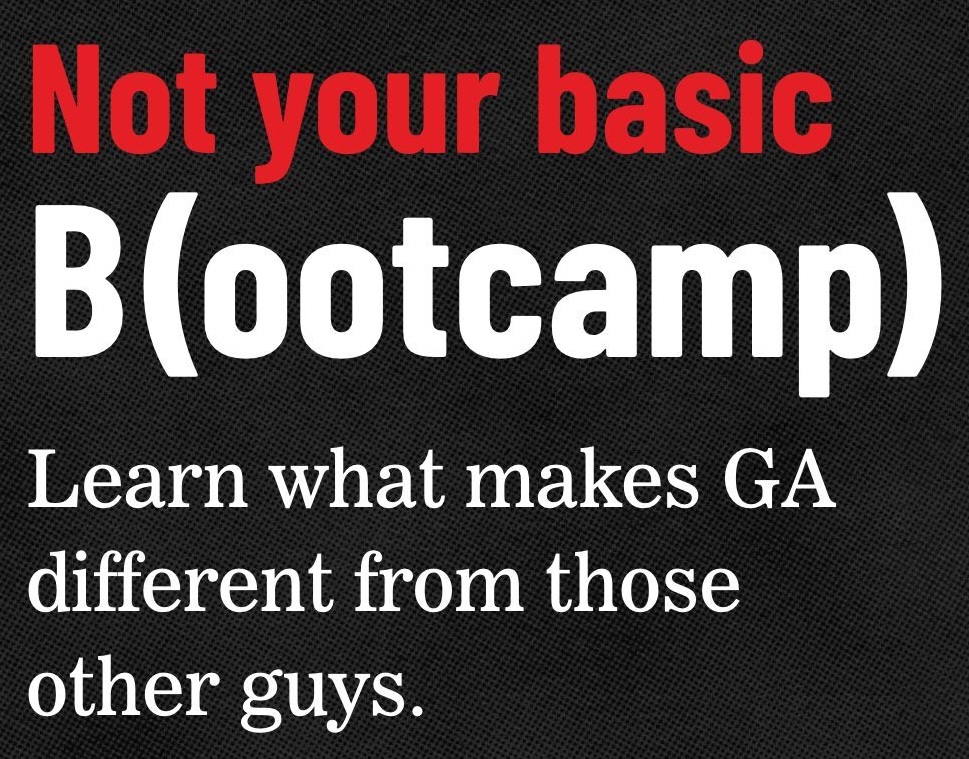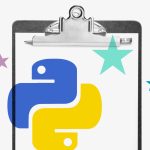THE LATEST TECH WORKFORCE TRENDS. RIGHT HERE.
What’s trending now? We help you keep up. As the top name in tech training, we partner with top business leaders and other experts to stay ahead of what’s next – and help you stay up to speed.
NOT YOUR BASIC BOOTCAMP
At General Assembly, we’re not just another tech bootcamp. We’re the pioneers, the trailblazers, and the innovators of the tech education landscape.

LATEST POSTS

Article
June 16, 2021
Top 3 Reasons To Learn Tableau
Article
June 10, 2021
Alumni Success Stories: From Healthcare to HealthTech

Article
May 26, 2021
Beginner’s Python Cheat Sheet
Article
May 25, 2021
8 Tips for Learning Python Fast

Article
May 25, 2021
What is UX Design?

Article
May 7, 2021
